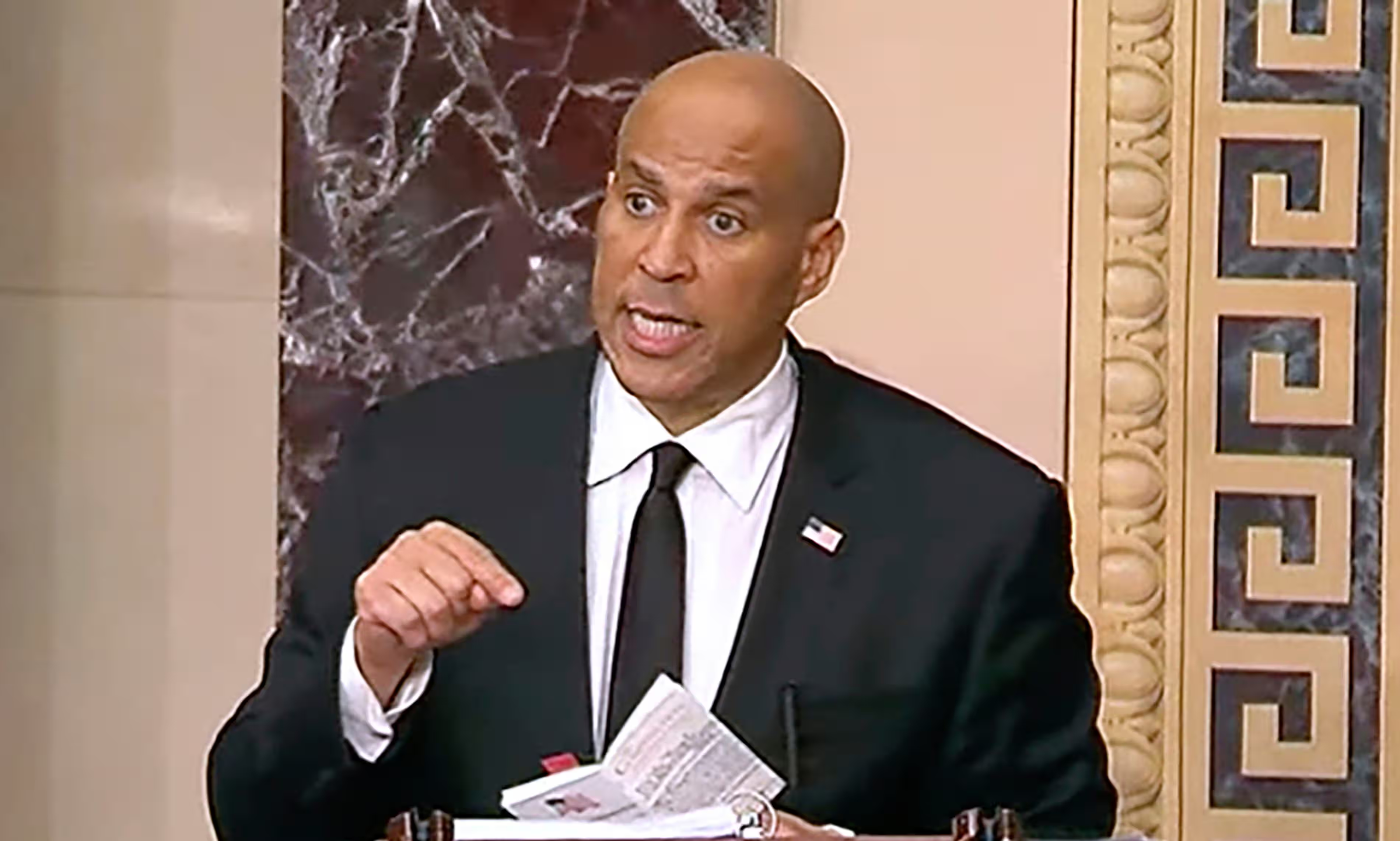Easter Sunday, with the oh-so-cute little bunnies held by adorable children in their colorful outfits, gives me the perfect opportunity to share something I found funny. Recently, I read an article about the addition of the word “gigil” to the Oxford English Dictionary. It refers to the overwhelming feeling of wanting to squeeze or pinch something you find incredibly cute (it’s a Tagalog word, spoken in the Philippines). I’ve always been a bit embarrassed to admit it, but I experience that feeling pretty often and know exactly what they mean! Learning there is a word for it made me feel less crazy. But then I thought, why haven’t we had some word like this before? The article went on to say that psychologists have actually done some research on this phenomenon, but refer to it as “cute aggression.” Way to ruin something fun, psychologists! So in today’s post I’m embracing gigil and sharing some of what we know from psychological research about this giggly experience. Ok, so maybe psychologists aren’t all that bad.
Cute aggression was first described by researchers at Yale University. Studies show that about half of all adults have these thoughts sometimes. Fortunately, rarely do people ever act out these urges, and take a swipe at Bambi! Mostly, people experiencing cute aggression might clench their jaw, grit their teeth, or feel the urge to squeeze, pinch, or bite the cute object. Kathrine Stravropoloulos, a psychologist at the University of California, Riverside, recorded the brain activity of 54 young adults as they looked at images of animals and people, some images manipulated to be extra “cute” (big cheeks, big eyes). For the entire group of participants, cuter creatures were associated with greater activity in the brain areas involved in emotion. But the more cute aggression someone experienced, the more activity the scientists saw in the reward centers of the brain. Scientists think that the combination of pleasure in these areas of the brain can be overwhelming to our system, and so the brain starts producing aggressive thoughts to keep our positive thoughts from running amok. One researcher at Yale, Oriana Aragon describes cute aggression as part of a category of “dimorphous expressions of emotions.” People who experience cute aggression also tend to be people who cry at weddings or laugh when they are scared. By balancing a strong emotion with a seemingly contradictory expression, “individuals find a way to manage the intensity of the experience.”
There may be an evolutionary function to cute aggression, as it may help people from becoming overwhelmed and incapacitated by positive feelings of cute things, leading to neglect of caretaking responsibilities. If you’re overcome by cuteness you might not be able to properly care for the object of your affection, so the brain needs to bring us back a bit. In fact research shows that we’re more careful in our physical movements after viewing something we find cute. How cute is this: In two experiments, viewing very cute images (puppies and kittens)-as opposed to slightly cute images (dogs and cats)-led to superior performance on a subsequent fine-motor dexterity task (the children’s game “Operation”). This suggests that the human sensitivity to those possessing cute features may be an adaptation that facilitates caring for delicate human young. This is from a study abstract written by Sherman, Haidt, and Coan, psychologists at the University of Virginia.
So, my urge to squeeze my mini donkeys, squish the face of my kitties, or pinch my daughters is fortunately not considered dangerous, according to the veterinarian, Dr. Laura Meyers. “Cute aggression responses pose absolutely no danger to the human experiencing them or to the dog or whatever cute thing is triggering the reaction. Cute aggression is just an urge and doesn’t lead to actual violence.” She does warn that children may need to be taught not to hug or squeeze an animal too tightly, as it may cause the animal stress and the animal may become the aggressor! So go ahead and enjoy your gigil during your Easter egg hunt. And hats off to the language of Tagalog for providing a much kinder word for these wonderful feelings of love. Just know, they also have a word, kilig, which describes those giddy, butterfly-in-your stomach romantic feelings we also can be positively overwhelmed by!





